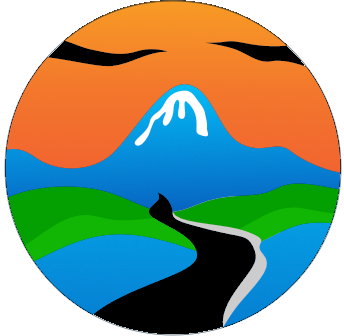Silsbee to Austin TX
I wanted to do some of the hikes in Big Thicket Preserve. I stopped at the Big thicket visitor’s Center and watched the 15 minute movie from the National Park Service.
Big Thicket National Preserve is a unique natural area located in southeastern Texas, encompassing diverse ecosystems that come together to create a rich and vibrant environment. The preserve contains four distinct ecosystems: pineywoods, cypress sloughs, hardwood forests, and coastal prairies. The interesting thing about this preserve is that these 4 ecosystems are colocated in an area where it seems unexpected. There is a wide range of plants and animals that depend on this environment.
The pineywoods ecosystem is characterized by a dense forest of different pines, with an understory of shrubs, wildflowers, and grasses. The cypress sloughs, on the other hand, are wetland areas dominated by bald cypress trees and are home to a variety of aquatic species such as alligators, turtles, and frogs. The hardwood forests, found in the preserve's river bottoms, are characterized by towering trees such as sweetgum, oak, and hickory, while the coastal prairies are flat grasslands located near the Gulf of Mexico, home to a variety of bird species and other wildlife.
Big Thicket National Preserve’s history dates back to the early 1900s when the forested areas of East Texas were rapidly disappearing due to logging and land development. Local residents recognized the importance of preserving the unique natural environment of the area and began to push for its protection. In 1974, the Big Thicket National Preserve was established by the United States Congress, and it has been managed by the National Park Service ever since.
After watching the movie, I spoke to the ranger at the front desk. I seemed to be the only person in the park. He pointed out that the best time to visit the park would be in a few weeks when the flowers would start blooming and birds would be returning. He suggested some shorter hikes because of all the water that would make it difficult to hike.
I decided to do the Big Thicket Sundew Trail in AllTrails. I would comeback sometime in the future when I did a complete tour of Texas. As soon as I stepped onto the wood boardwalk on the trail, a cardinal flew by. The a very bright green lizard ran up a tree beside me. It was the exact color of the plants on the ground, but on the tree he was very visible. It took me 30 seconds to pull out the camera and it was gone. I saw other lizards as I hiked. I could see that the flowers were starting to bud and it would take a few weeks before they fully bloomed. There was an area on the trail that was exposed, and a few of the flowers had bloomed.



I completed the hike and decided to drive to Austin. It would take me another 4-5 hours to get to Austin, TX. The state capital of Texas. I tried to stay off of interstate highways as much as possible. The scenery would be nicer and I knew I’d be able to stop to take photographs.








I pulled into the town of Round Rock, TX around 6:30 and went to the Cracker Barrel. There were other campers in the parking lot. I ordered a salad and then went to the car to read. The wi-fi was really strong and I read emails.
